|
Photos and article by Donna Iverson Wildflowers are usually associated with Spring…..trillium, snowdrops, hepatica, and columbine, to name a few. But fall wildflowers are also lovely and a welcome addition to any garden or yard. And now is the best time to plant the seeds for a fall showing. Here are four varieties that are easy to grow and native to our area: Wild aster You can choose from two varieties of wild aster...New England aster and New York aster. One clue to telling them apart is the leaves. The New England aster has hairy leaves while the NY aster has smooth leaves. Both can grow to 6 feet tall with snowy purple, lavender, or blue flowers. They are a nectar source for Monarch butterflies, native bees and late season pollinating insects. Plant the seeds in the fall for blooms in August, September and October. Jewelweed Not as snowy as aster, Jewelweed is covered in inconspicuous yellow or orange flowers and often found near poison ivy. Yes, poison ivy. Both plants like damp soil near creeks and ditches. But whereas poison ivy will give you a rash; Jewelweed is the antidote. Break off a handful of Jewelweed’s leaves, stems and flowers and crush it in the palms of your hands. Then rub the crushed plant material on the rash for relief from the itch. It also speeds healing. A note of caution, a few people are allergic to this plant so test it on a small area of skin before rubbing it on a rash. In late fall, Jewelweed’s ripe seed pods will explode in your hands when touched, earning this annual’s common name touch-me-not. Butterflies and hummingbirds love it too as do the neighborhood deer. Goldenrod While some people view goldenrod as a noxious weed that gives them allergies, I will argue that it is a beautiful wildflower and it’s the nearby ragweed that is causing the sniffles. So take a second serious look. It adds a golden beauty to the landscape and blooms well into the fall. Like most native wildflowers, it attracts pollinators and other beneficial insects. It is drought tolerant and survives just about anywhere. You won’t have to fertilize it and it provides a food source for birds, mammals, insects and the Monarch butterfly. And unlike Jewelweed, it is deer resistant. Rose mallow The last fall wildflower on this list is rose mallow. Often found near jewelweed, goldenrod and asters, rose mallow has small delicate rose-like flowers that also bloom late into fall. It is found near wetlands, or along creeks or river beds.
Also called swamp hibiscus, rose mallow attracts native butterflies and is best planted along a flower border or in a water garden. * Seeds for these fall wildflowers can be ordered from the Michigan Wildflower Farm in Portland. Website: michiganwildflowerfarm.com. Phone: 517.647.6010. If you would like to see these fall wildflowers in bloom, checkout Heritage Landing in Muskegon. These native fall wildflowers are featured in a restoration project under the direction of the Muskegon Lake Watershed Partnership Stewards.
0 Comments
The 2021 Fremont Harvest Festival and Fremont Area Chamber of Commerce wants your best loved recipe for the 15th Annual Pumpkin & Apple Dessert Recipe Contest!! Make your families favorite fall recipe and entry in this community event. Bring your dessert to Veterans Memorial Park Pavilion, downtown Fremont, between 11:00 am and 12 noon on Saturday, September 25th along with your completed entry form and recipe. All entries need to be in disposable containers. Judging will begin promptly at 12:30 pm with a public tasting from 1:30 pm to 2:00 pm. Winners will be announced that day at approximately 1:30 pm at the Veterans Memorial Park Pavilion. Entry forms for the dessert recipe contest are available at the Fremont Area Chamber of Commerce office, 7 E. Main Street, downtown Fremont, (231) 924-0770 or visit our Facebook page at Fremont Area Chamber of Commerce. Photo and article by Donna Iverson Recently I checked out a newly-published book from the public library entitled “The Ecological Gardener,” written by British author Matt Rees-Warren. In it, he places “ecological concerns above all else,” when it comes to gardens while not sacrificing the importance of aesthetics. His vision includes growing native plants and choosing plants that fit the ecology of the place, whether it is beach sand, wetlands, or meadow land. Rees-Warren prioritizes trees, bushes and plants that benefit local wildlife, including pollinators like native bees and butterflies. As I am already thinking about next year's planting, I have decided to take this ecological imperative to heart when planning next years garden. So when I spotted bee balm (Monarda fistulosa) in my neighborhood, I checked out its ecological credentials. And it passed. It is both a native plant and suited to the sandy soil in my local community garden. Pollinators, especially native bees, find it irresistible. And it is drought tolerant and likes full sun. And it is easily grown from seeds which are readily available from garden centers and seed catalogs. Bee balm would fit well into any native garden, pollinator garden, herb garden, cottage garden, or butterfly garden. It attracts hummingbirds, bees, butterflies and other pollinators. And it is avoided by deer and rabbits. It is both fragrant, noninvasive and displays attractive lavender blue blossoms from late summer into fall. Herbalists use it to make tea from the leaves and its flowers are also edible. The tea soothes the symptoms of colds and seasonal flu. It can also be found in the wild where it has naturalized. Foragers find it in waste places in the company of Black-eyed Susans, Queen Anne’s Lace and goldenrod. Historically, Native Americans also used it to make Oswego tea. And colonists switched to Bee balm herbal tea after dumping traditional black and green tea into the sea during the 1773 Boston Tea Party. Other uses include herbal sleep pillows, linen closet sachets, and potpourris. It can be used fresh or dried. If you are already growing bee balm, cut it down to two inches above the soil come frost. When Stars Collide by Susan Elizabeth Phillips
Review by FADL Staff--Amy Martin Susan Elizabeth Phillips is one of my tried-and-true authors to read. I always know I'm in for a good story when I read her novels. This book is about a football player and an opera singer doing a sponsor tour for an expensive watch. He thinks of her as a diva, and she thinks badly of him because of something a friend told her wrongly happened with him years ago. The Diva is being stalked by someone out for revenge for the suicide of her ex-fiance and his protective tendencies kick in when he sees how scared she is. They are complete opposites, so of course this path to true love doesn't go smoothly, and the reveal of her stalker takes a couple unexpected twists and turns throughout the story. This book is available to be put on hold in a variety of formats here: https://fremont.bibliocommons.com/v2/record/S147C4217668 |
Archives
July 2024
Categories |
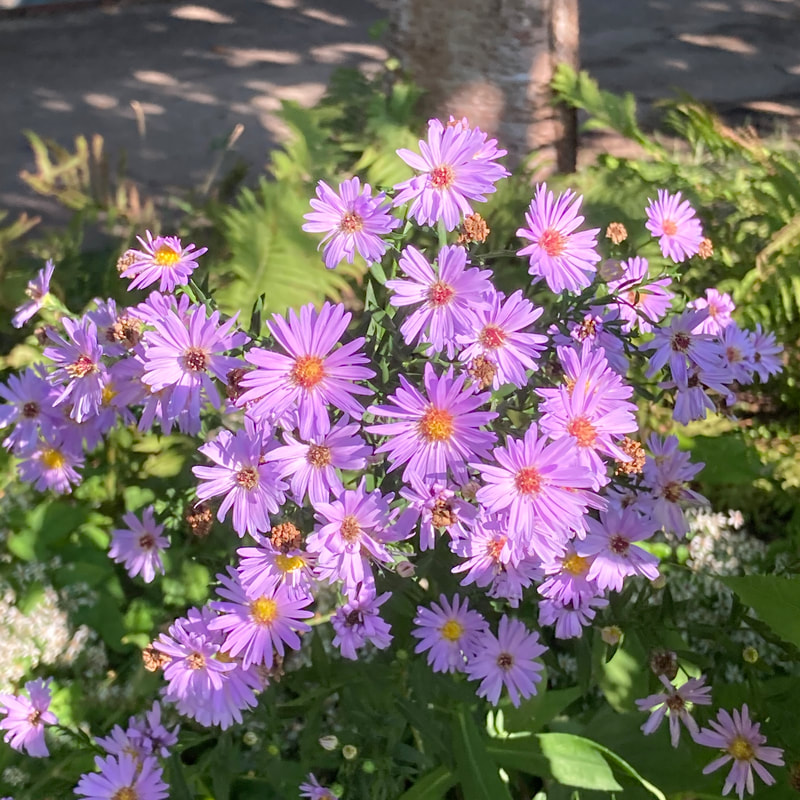
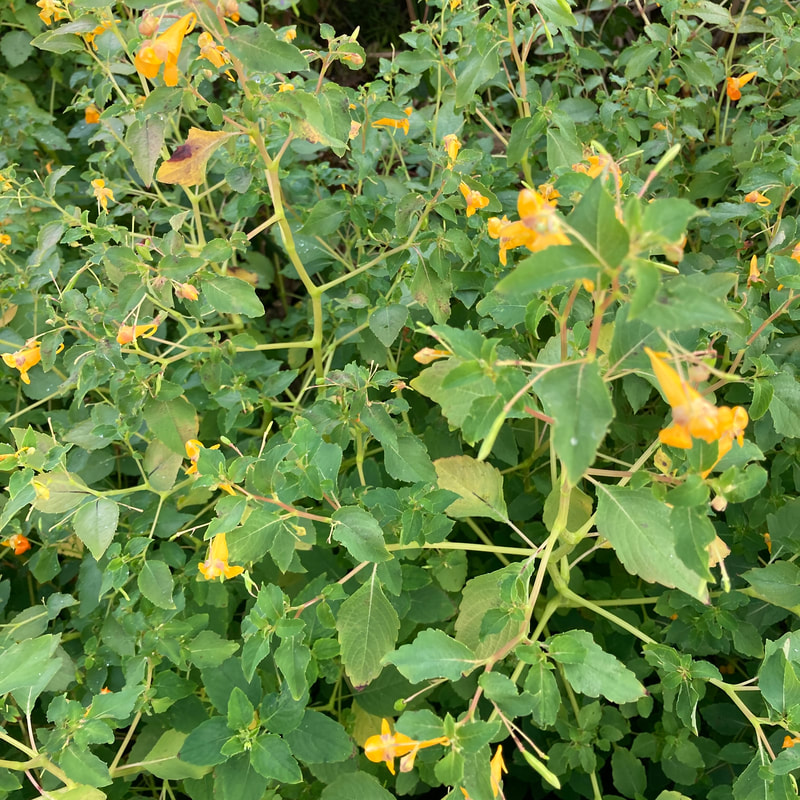
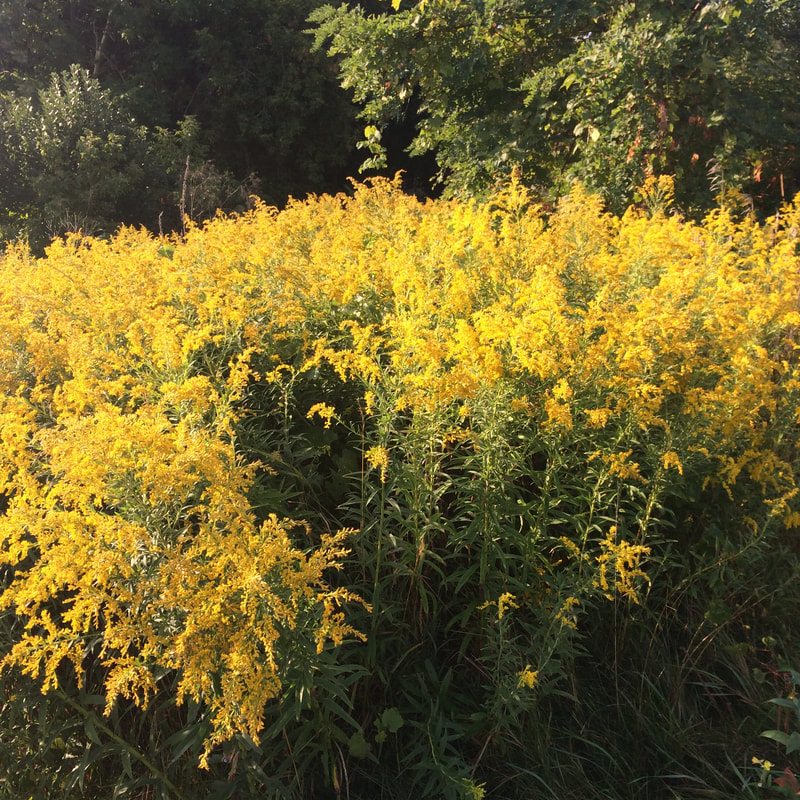
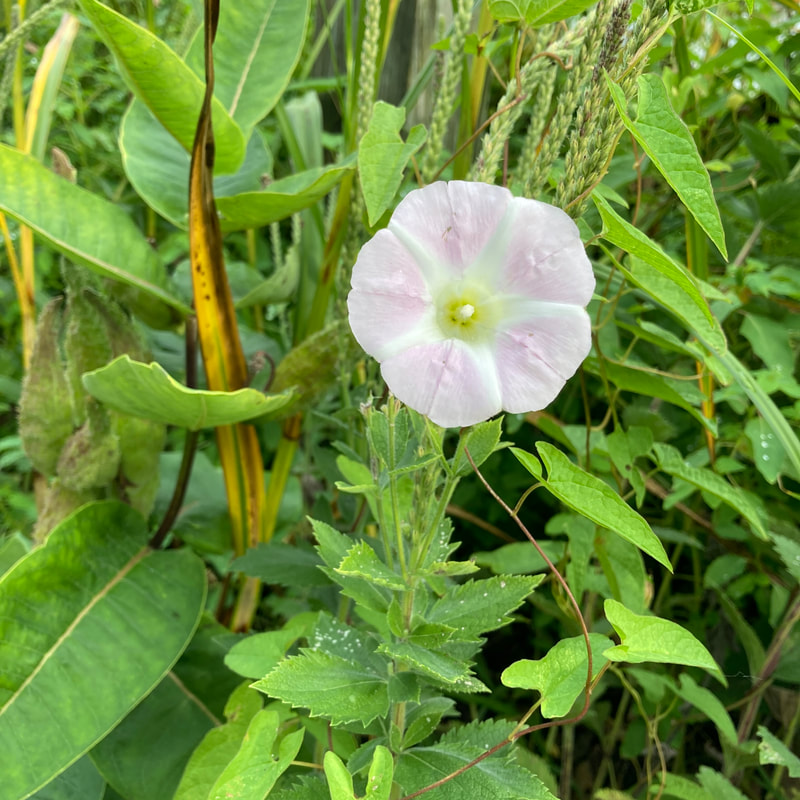
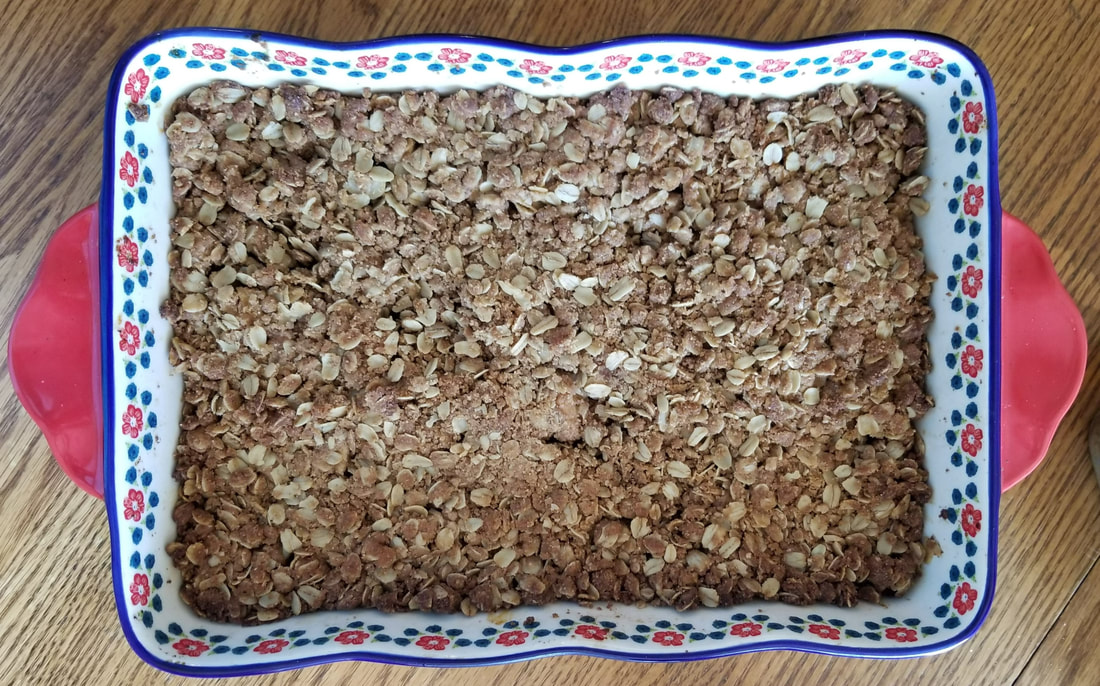
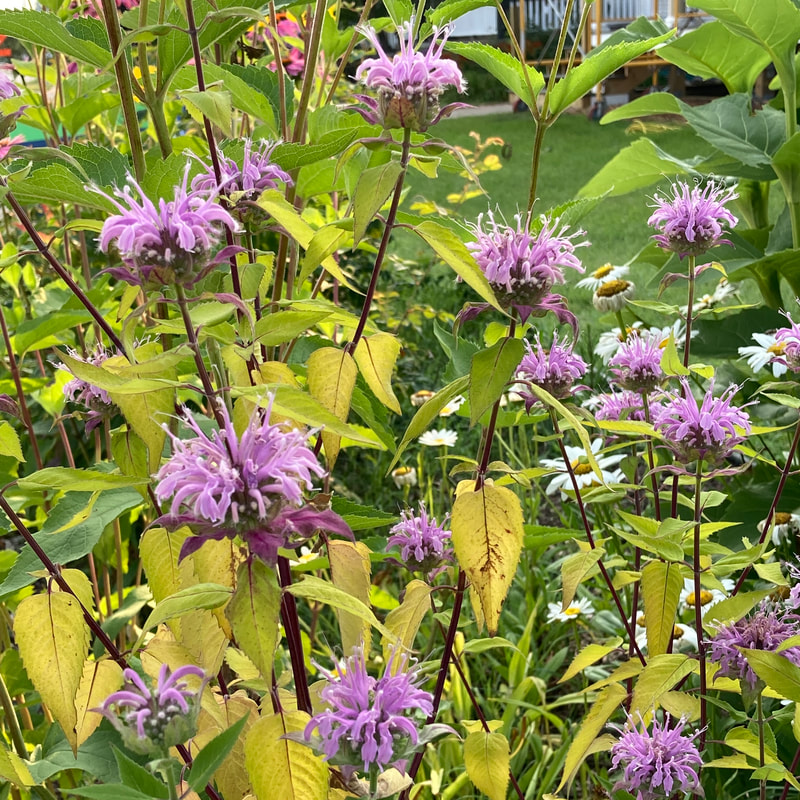
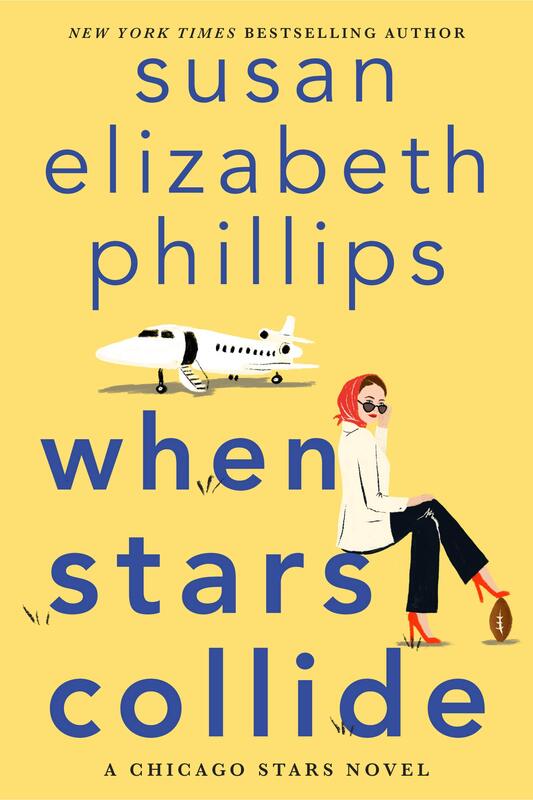
 RSS Feed
RSS Feed